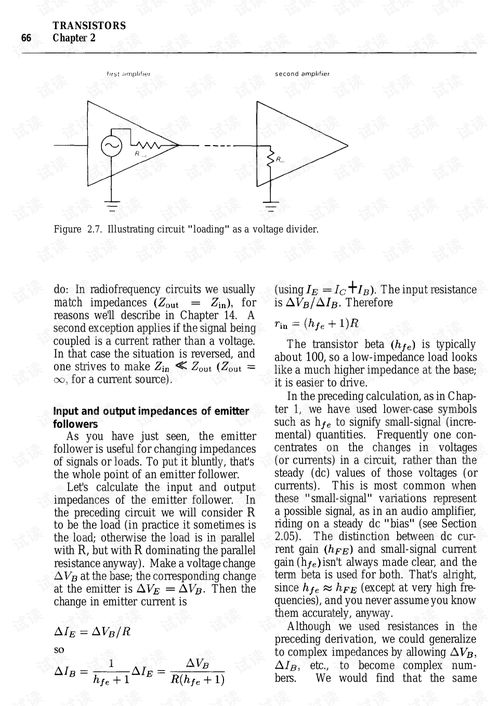Introduction: Fishing, an ancient pastime, continues to captivate anglers around the world. Among the diverse species of fish, the grass carp (Ctenopharyngodon idella) stands out for its size and fighting spirit. This guide will delve into the essential fishing techniques and tips to help you master the art of catching grass carp.

I. Understanding Grass Carp:
- Habitat: Grass carp are typically found in slow-moving, warm waters, often in shallow areas with abundant vegetation.
- Diet: They are herbivorous, feeding primarily on aquatic plants and algae.
- Size: Grass carp can grow to impressive sizes, with some individuals weighing over 100 pounds.
II. Equipment for Grass Carp Fishing:
- Rod and Reel: A medium-heavy to heavy-duty rod with a fast-action tip is ideal for grass carp. A matching reel with a strong drag system is necessary to handle the fish's strength.
- Line: Use a monofilament line with a breaking strength of 15-20 pounds. Braided line can also be effective, but it's less forgiving if you hook into a snag.
- Hooks: Large, strong hooks, such as #4 to #6, are recommended for grass carp.
- Lures and Baits: Artificial lures like crankbaits, spinnerbaits, and jigs can be effective, but natural baits like corn, soybeans, or grass carp pellets are often more productive.
III. Techniques for Catching Grass Carp:
- Locating the Fish: Grass carp are often found in areas with abundant vegetation. Look for signs of feeding, such as disturbed water or visible plants being consumed.
- Timing: Fish in the morning or evening when the water is cooler. During hot summer days, grass carp may be more active in the early morning or late afternoon.
- Casting: Cast your bait into areas with dense vegetation or along the edges where grass meets open water. Avoid casting directly into the grass, as it can spook the fish.
- Retrieval: For artificial lures, use a slow, steady retrieve with occasional pauses. For natural baits, allow the bait to settle on the bottom and twitch it gently to simulate movement.
- Patience: Grass carp are known for their strong fight and can be quite stubborn. Be prepared to wait for a bite and be patient throughout the entire process.
IV. Best Baits for Grass Carp:
- Corn: Corn is a favorite among grass carp and can be effective in both fresh and saltwater environments.
- Soybeans: Similar to corn, soybeans are an excellent choice for attracting grass carp.
- Grass Carp Pellets: These pellets are specifically formulated for grass carp and can be highly effective.
- Live Bait: Live bait such as shad, minnows, or crayfish can be used, but they can be more challenging to manage.
V. Tips for Successful Grass Carp Fishing:
- Presenting the Bait: Ensure your bait is presented in a natural manner. Avoid making unnatural movements or sounds that could spook the fish.
- Covering Water: When fishing in large bodies of water, cover as much water as possible to increase your chances of encountering a grass carp.
- Using a Fish Finder: A fish finder can be a valuable tool for locating grass carp and understanding their movements.
- Adjusting Techniques: Be prepared to adjust your techniques based on the conditions and the behavior of the fish.
- Respect the Environment: When fishing for grass carp, it's important to respect the environment and follow local regulations regarding catch and release or harvest.
Conclusion: Catching grass carp can be a rewarding and challenging experience. By understanding the fish's habits, selecting the right equipment, and employing effective techniques, you can increase your chances of success. Remember to enjoy the process and respect the environment while pursuing this majestic species. Happy fishing!












